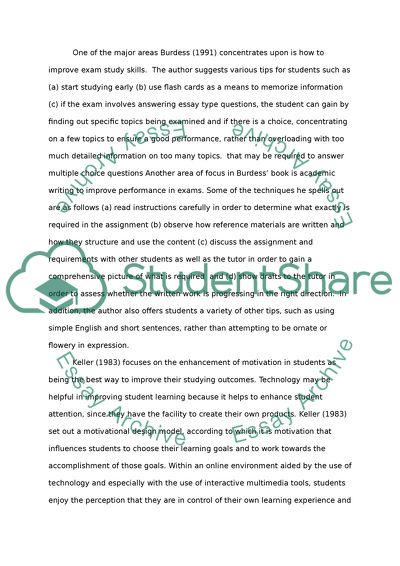Cite this document
(Critical Review of Tertiary Study Methods Essay - 1, n.d.)
Critical Review of Tertiary Study Methods Essay - 1. https://studentshare.org/education/1737939-book-review-research-project-and-writing-skills
Critical Review of Tertiary Study Methods Essay - 1. https://studentshare.org/education/1737939-book-review-research-project-and-writing-skills
(Critical Review of Tertiary Study Methods Essay - 1)
Critical Review of Tertiary Study Methods Essay - 1. https://studentshare.org/education/1737939-book-review-research-project-and-writing-skills.
Critical Review of Tertiary Study Methods Essay - 1. https://studentshare.org/education/1737939-book-review-research-project-and-writing-skills.
“Critical Review of Tertiary Study Methods Essay - 1”. https://studentshare.org/education/1737939-book-review-research-project-and-writing-skills.


